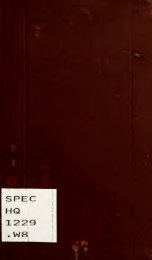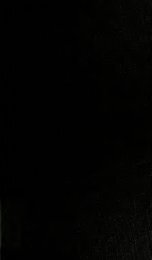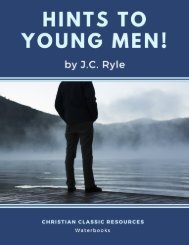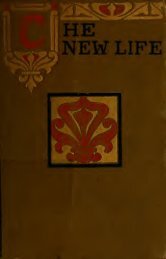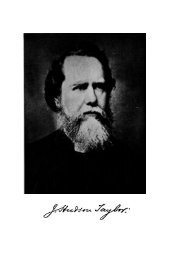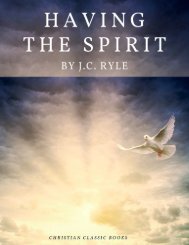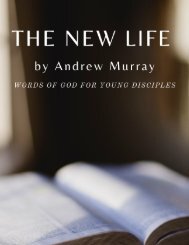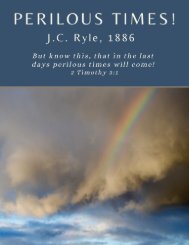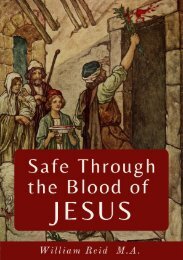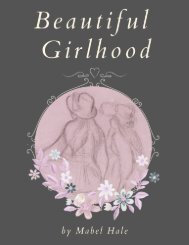The Case For Christ
The Case for Christ records Lee Strobel's attempt to "determine if there's credible evidence that Jesus of Nazareth really is the Son of God." The book consists primarily of interviews between Strobel (a former legal editor at the Chicago Tribune) and biblical scholars such as Bruce Metzger. Each interview is based on a simple question, concerning historical evidence (for example, "Can the Biographies of Jesus Be Trusted?"), scientific evidence, ("Does Archaeology Confirm or Contradict Jesus' Biographies?"), and "psychiatric evidence" ("Was Jesus Crazy When He Claimed to Be the Son of God?"). Together, these interviews compose a case brief defending Jesus' divinity, and urging readers to reach a verdict of their own.
The Case for Christ records Lee Strobel's attempt to "determine if there's credible evidence that Jesus of Nazareth really is the Son of God." The book consists primarily of interviews between Strobel (a former legal editor at the Chicago Tribune) and biblical scholars such as Bruce Metzger. Each interview is based on a simple question, concerning historical evidence (for example, "Can the Biographies of Jesus Be Trusted?"), scientific evidence, ("Does Archaeology Confirm or Contradict Jesus' Biographies?"), and "psychiatric evidence" ("Was Jesus Crazy When He Claimed to Be the Son of God?"). Together, these interviews compose a case brief defending Jesus' divinity, and urging readers to reach a verdict of their own.
You also want an ePaper? Increase the reach of your titles
YUMPU automatically turns print PDFs into web optimized ePapers that Google loves.
contradiction says, 'This cannot be true, throw it out!' However,<br />
the historian looks at these narratives and says, 'I see some<br />
inconsistencies, but I notice something about them: they're all<br />
in the secondary details.'<br />
<strong>The</strong> core of the story is the same: Joseph of Arimathea takes the<br />
body of Jesus, puts it in a tomb, the tomb is visited by a small<br />
group of women followers of Jesus early on the Sunday morning<br />
following his crucifixion, and they find that the tomb is empty.<br />
<strong>The</strong>y see a vision of angels saying that Jesus is risen.<br />
<strong>The</strong> careful historian, unlike the philosopher, doesn't throw out<br />
the baby with the bathwater. He says, 'This suggests that there<br />
is a historical core to this story that is reliable and can be<br />
depended upon, however conflicting the secondary details might<br />
be.'<br />
"So we can have great confidence in the core that's common to the<br />
narratives and that would be agreed upon by the majority of New<br />
Testament scholars today, even if there are some differences<br />
concerning the names of the women, the exact time of the<br />
morning, the number of the angels, and so forth. Those kinds of<br />
secondary discrepancies wouldn't bother a historian."<br />
Even the usually skeptical historian Michael Grant, a fellow of<br />
Trinity College, Cambridge, and professor at Edinburgh<br />
University, concedes in his book Jesus: An Historian's Review of<br />
the Gospels, "True, the discovery of the empty tomb is<br />
differently described by the various gospels, but if we apply the<br />
same sort of criteria that we would apply to any other ancient<br />
literary sources, then the evidence is firm and plausible enough<br />
to necessitate the conclusion that the tomb was, indeed, found<br />
empty."<br />
CAN DISCREPANCIES BE HARMONIZED?<br />
Sometimes while covering criminal trials, I've seen two witnesses<br />
give the exact same testimony, down to the nitty-gritty details,<br />
only to find themselves ripped apart by the defense attorney for<br />
having colluded before the trial. So I remarked to Craig, "I<br />
suppose if all four gospels were identical in all their minutiae,<br />
that would have raised the suspicion of plagiarism."<br />
"Yes, that's a very good point," he said. "<strong>The</strong> differences<br />
between the empty tomb narratives suggest that we have multiple,<br />
independent attestation of the empty tomb story. Sometimes<br />
people say, 'Matthew and Luke just plagiarized from Mark,' but




